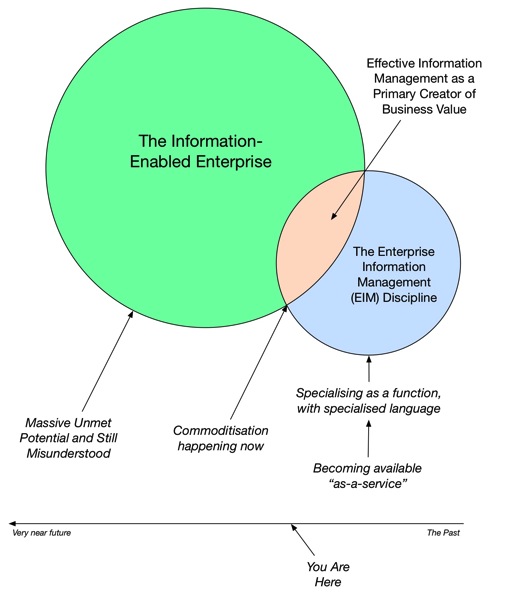Another example of “information-enabled products”:
Internet of Things to revolutionise industry: GE – city, Internet of Things, cisco, ge, Rockwell Automation, internet of everything, Sense-T, mining – Computerworld: “‘For the most part, that install base of machines we’ve sold over the years is essentially just metal that’s out there, and for us we see this as an opportunity of enabling that technology to work completely differently,’ Sheppard said.
‘If we could optimise that equipment just by 1 per cent – so just get 1 per cent more efficiency out of that equipment that’s out there today – we could deliver $20 billion in productivity to our customer base.’”


